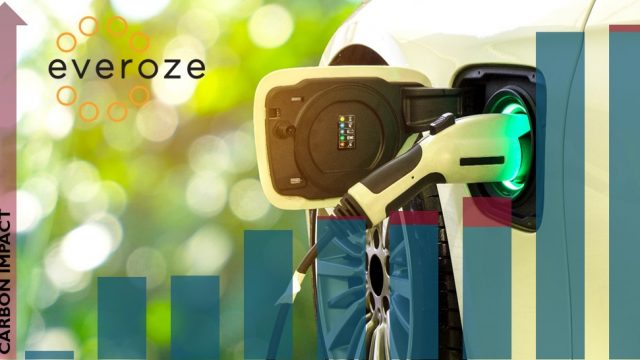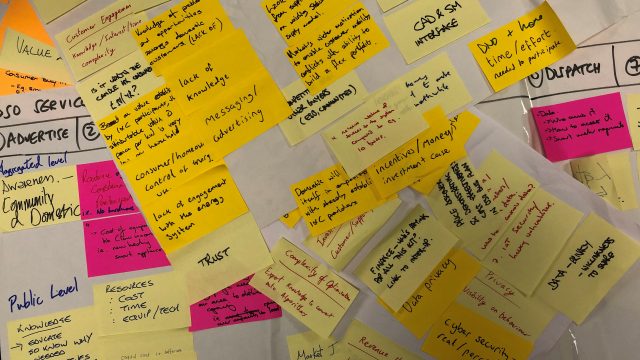Domestic energy efficiency needs to be brought in from the cold
Published July 2021
We’ve all heard reduce, reuse, recycle applied to household waste. What about household energy? Have we be paying too much attention to shifting our consumption around with fancy flexibility services and neglecting the benefits of just using a bit less? Everoze Partner, Benjamin Lock explains why his answer to this is “Maybe”.
Making more effective use of energy in our homes is essential to avoid network constraints as electricity consumption increases rapidly. Reducing consumption should be our priority; for what we can’t reduce, we can use flexibility solutions to shift. Harnessing the power of these two complementary solutions will be essential to enable the domestic energy transition, but to achieve this, we need to fully recognise the benefits of energy efficiency and bring it in from the cold.
The electrification of heating and transport is projected to double GB domestic electricity consumption between now and 2050. The heating of homes alone could add 50 TWh to annual consumption as the nation is weaned off gas boilers and onto heat pumps. This shift presents a challenge for our electricity networks. But it’s one that we have to find a solution to if we are going to do something about the 74,000,000 tonnes [1] of CO2e emissions that escape into the atmosphere each year as a result of keeping our homes warm.
Getting all of the low-carbon electricity needed to power these new heating systems to people’s homes is the crunch. If we are not prepared, electricity networks will not be ready to distribute this energy and the prevalence and severity of network constraints on electricity distribution networks will increase sharply.
The power of flexibility
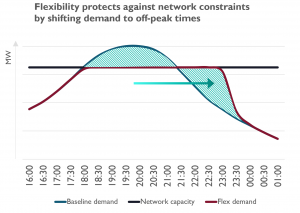 For many working in this area, including Everoze, the one-word response has for some time now been “flexibility”. Home batteries, smart and bi-directional EV charging, intelligent connected appliances – all technologies that enable consumption to be shifted away from peak times, helping flatten the curve of daily electricity consumption. Get home from the office, plug in your EV and let it send its spare juice to your heat pump while your smart fridge knocks back the temperature a little, safe in the knowledge that both the cabbage in the bottom draw and the transformer at the end of your street will make it through the peak demand period unscathed.
For many working in this area, including Everoze, the one-word response has for some time now been “flexibility”. Home batteries, smart and bi-directional EV charging, intelligent connected appliances – all technologies that enable consumption to be shifted away from peak times, helping flatten the curve of daily electricity consumption. Get home from the office, plug in your EV and let it send its spare juice to your heat pump while your smart fridge knocks back the temperature a little, safe in the knowledge that both the cabbage in the bottom draw and the transformer at the end of your street will make it through the peak demand period unscathed.
Flexibility is a hugely powerful tool: recent analysis shows it could save us up to £16.7 billion per annum by 2050. At Everoze, we certainly agree; over the last 12-months, we’ve been working to break down barriers to domestic flexibility through the Future Flex project, including launching a trial of a new constraint management service explicitly targeted at domestic technologies, Sustain-H.
But flexibility is not the only answer to the issues of network constraints. It’s not even the most obvious one. What if we just consumed a little bit less in the first place?
The wonders of energy efficiency
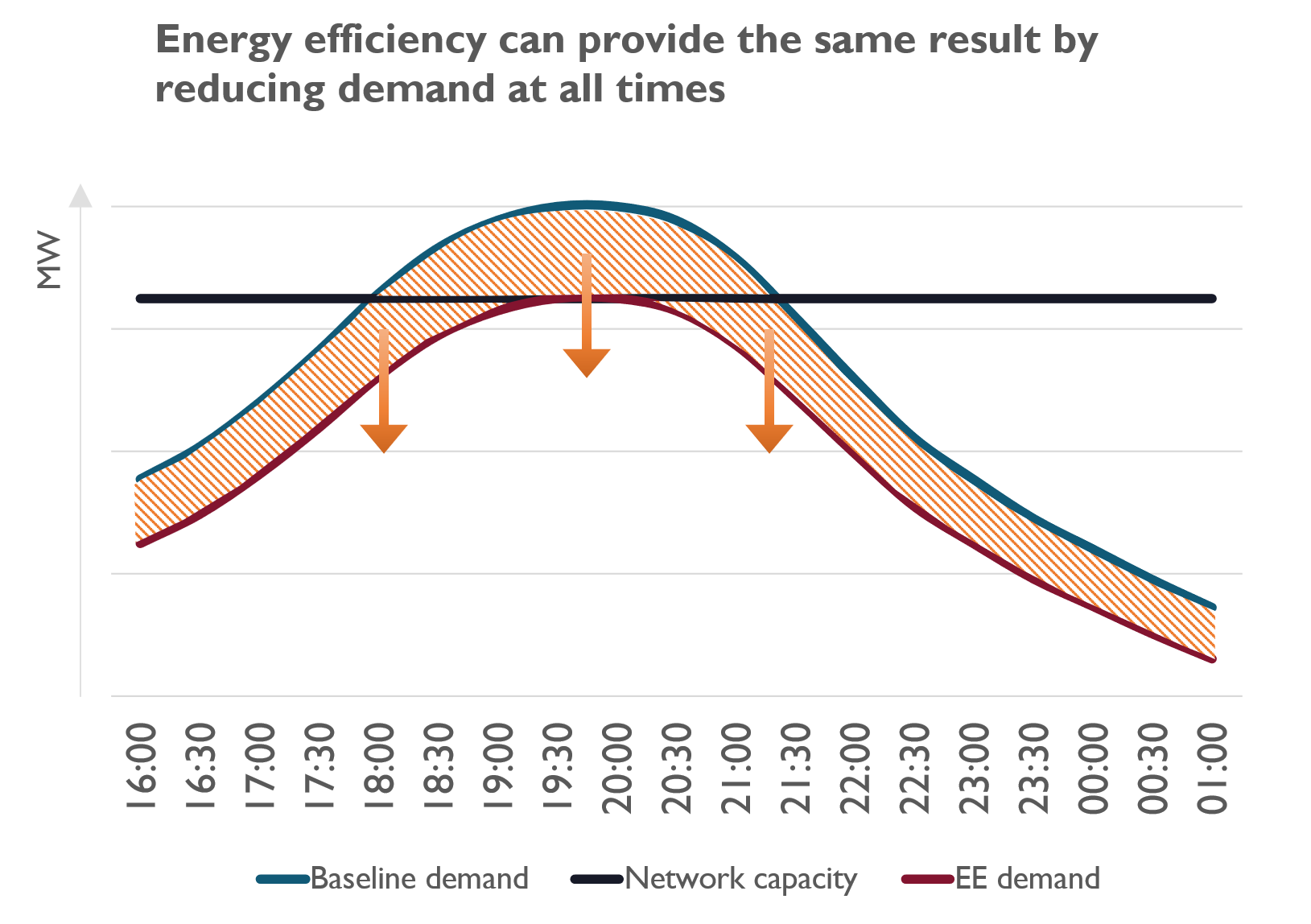 Sensibly minimising electricity consumption should be our priority. Like the reduce, reuse, recycle slogan commonly associated with waste management, the first action should always be to cut down on electricity consumption wherever it is possible to do so.
Sensibly minimising electricity consumption should be our priority. Like the reduce, reuse, recycle slogan commonly associated with waste management, the first action should always be to cut down on electricity consumption wherever it is possible to do so.
Energy efficiency solutions, particularly thermal insulation, can help reduce our need for power. They’re not glamorous, and they’re not pretty, but they are effective.
While flexibility shifts consumption to other times, energy efficiency reduces consumption entirely. It does so in a way that is permanent, rather than temporary, and inherent, rather than in response to a signal. Energy efficiency has the greatest value when applied to consumption for which significant shifts in time are difficult, or where energy efficiency can act as an enabler of flexibility. The prime example is the growing demand for electricity heat in homes during weekday evenings, which energy efficiency can permanently reduce and can also enable to be shifted, helping homes to act as thermal stores.
The brilliance of both
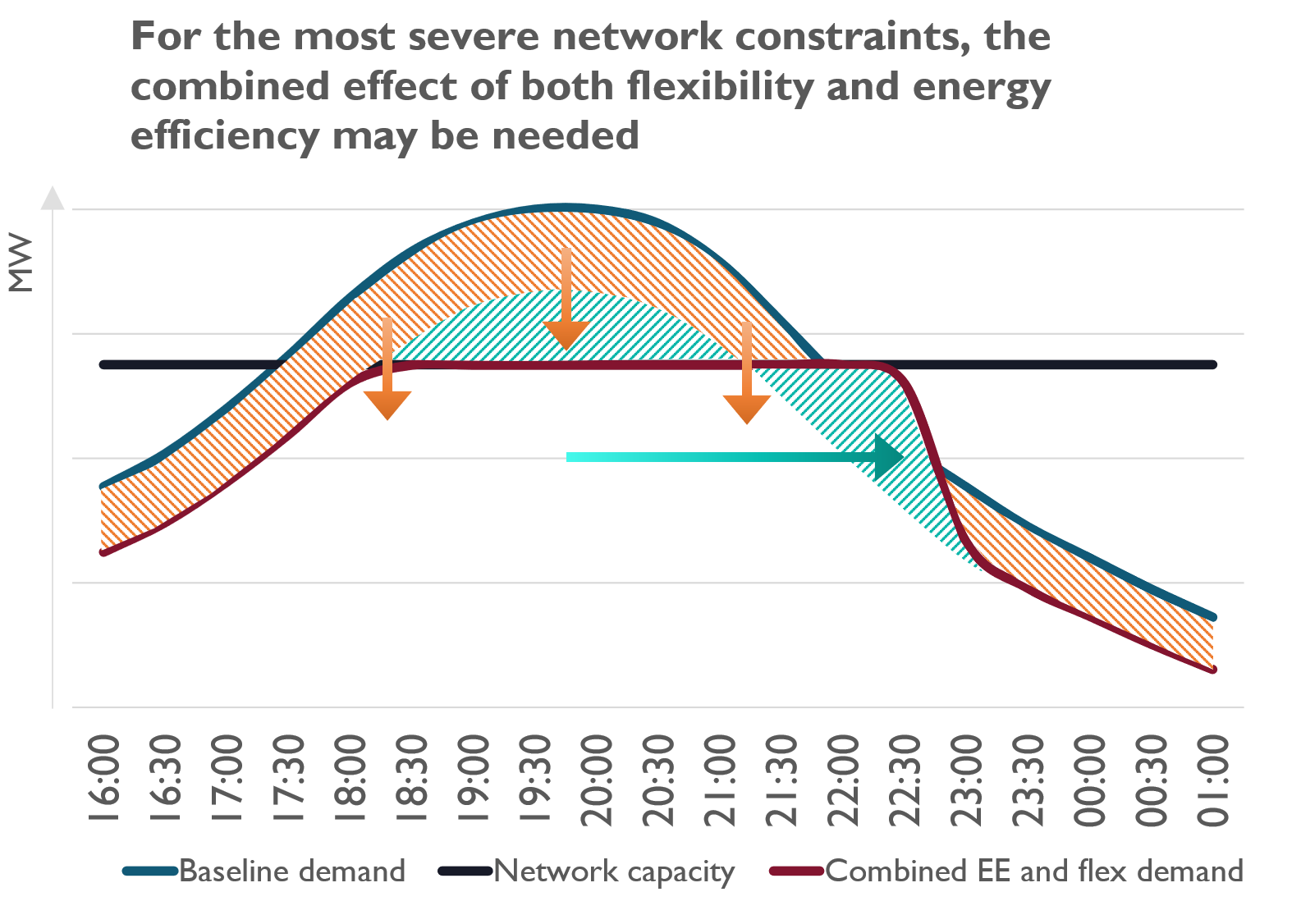 We’re making a comparison between energy efficiency and flexibility here, but that does not mean that we want to pit the two solutions against each other. In fact, they are complementary: reducing wasted electricity flattens the peak, and what cannot be reduced can be shifted to off-peak periods. To overcome the most severe network constraints, we will need the combined effects of both flexibility and energy efficiency working together.
We’re making a comparison between energy efficiency and flexibility here, but that does not mean that we want to pit the two solutions against each other. In fact, they are complementary: reducing wasted electricity flattens the peak, and what cannot be reduced can be shifted to off-peak periods. To overcome the most severe network constraints, we will need the combined effects of both flexibility and energy efficiency working together.
The value of being valued
The problem that we have identified (through our NIA-funded Future Flex project working with Western Power Distribution and Smart Grid Consultancy) is that the way in which energy efficiency supports the distribution networks is not being fully valued.
The Future Flex project consortium will soon be publishing a paper that dives into this topic in more depth and calls for action. We’ll be sharing our recommendations for how to realise energy efficiency’s value and calling for collaboration on delivering more efficient use of energy in our homes, nationwide.
[1] 2017 data from Energy System Catapult’s ‘Living Carbon Free’ report


